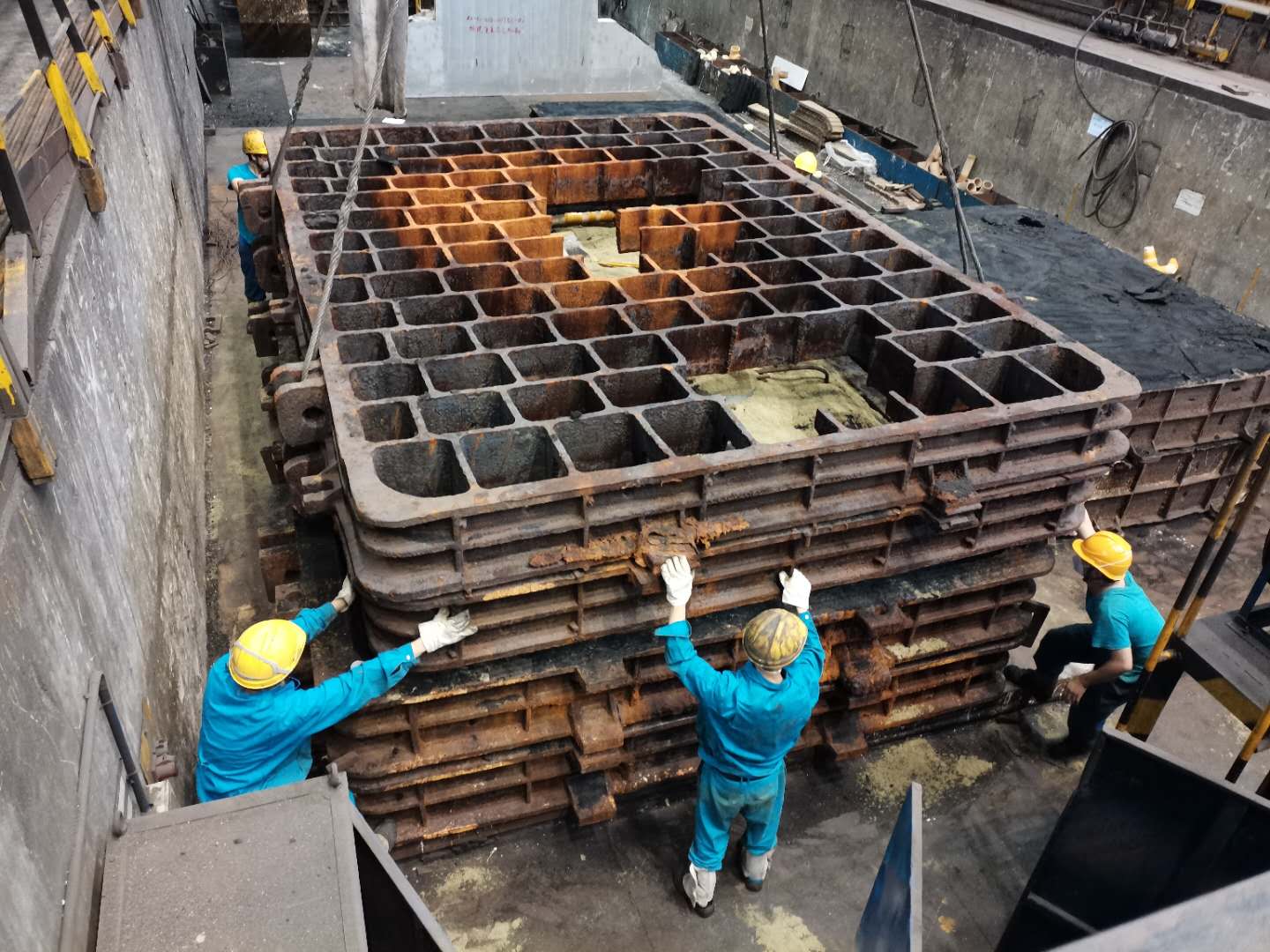Types of Foundry Sand An Overview
Foundry sand plays a crucial role in the metal casting industry, providing a means to create precise molds and cores for various metal products. The choice of sand can significantly impact the quality of the final casting, and thus, it is essential to understand the different types available. This article explores the primary types of foundry sand and their applications.
1. Silica Sand Silica sand is the most commonly used type in foundries due to its excellent thermal stability and high melting point. The grains are angular, providing good flowability and packing density, which is essential for creating stable molds. Silica sand typically comes in two forms green sand (mixed with moisture and clay) and dry sand. Its resistance to high temperatures makes it ideal for casting ferrous and non-ferrous metals.
2. Resin-Bonded Sand Resin-bonded sand is another popular choice that offers superior surface finish and dimensional accuracy. This type of sand is mixed with a synthetic resin binder, which hardens upon heating. The use of resin-bonded sand reduces the amount of moisture required in the molding process, leading to fewer defects in the final cast. It is particularly suited for high-precision applications where fine details are essential, such as in aerospace and automotive components.
types of foundry sand

3. Clay Types of Sand Clay-based sand, often used in green sand molds, is composed of silica sand mixed with clay. The clay acts as a binding agent, providing cohesion and plasticity. This type of sand is relatively inexpensive and efficient for mass production of casting molds. It also has excellent ability to retain moisture, which is advantageous for mold strength. However, it may not provide the finest surface finish compared to other types of foundry sand.
4. Special Purpose Sands There are also specialty sands tailored for specific applications. For example, olivine sand is favored for casting non-ferrous metals due to its high thermal stability and resistance to metal penetration. Chromite sand, known for its unique properties, is commonly used in producing molds for heavy engineering components.
In conclusion, the type of foundry sand selected can greatly influence the efficiency and quality of the casting process. Understanding the properties and applications of different sands allows foundries to optimize their production methods and achieve superior results in their casting operations. Whether using traditional silica sand or advanced resin-bonded options, the right choice can lead to improved product quality and cost-effectiveness in the foundry industry.
Post time:नोभ . 19, 2024 00:18
Next:resin coated sand
